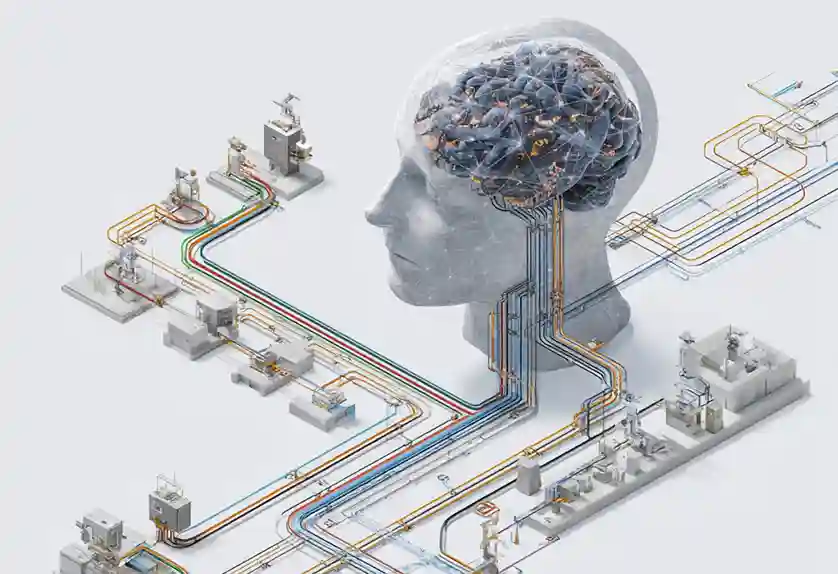Content marketing is one of the key drivers of business success nowadays. In the digital world, creating content that resonates with your audience is essential for companies that want to stand out from the competition and develop personal relationships with their customers.
Usually, the task of performing content marketing falls on the shoulders of the marketing or content team. According to the Content Marketing Institute, these individuals must be able to do well with the resources at their disposal as 47% of B2B organizations have an annual budget of less than $100,000.
Therefore, getting your content team right is critical. But what does a content team look like? We'll highlight some of the critical roles and elements essential to your content team and explain some of the technical factors that need to be considered today.
What Does a Content Team Do?
The purpose of a content team is to create a consistent voice for the brand that aligns with the company's goals, values, and identity. A content team creates content that helps customers solve their problems, educating them on a particular subject and providing them with more information about how the organization can help solve their issues.
But creating content isn't the only thing a content team does. First of all, the team outlines the content strategy and planning content to ensure that it aligns with overall goals. Then, a content team should also be involved in the distribution and promotion of content to reach the desired audience. Finally, after creating and promoting that content, they are also responsible for measuring content performance to ensure that it meets specific KPIs and adjust the strategy accordingly if it isn't.
Content Team Roles
There are a number of roles that make up a content team, with roles varying depending on the size of the organization. For larger enterprises, a content team may include tens of employees working across multiple departments. In smaller organizations and startups, it's not uncommon for individuals to wear one or more of these hats. Below are the primary roles a content team should cover.
Director of Content Marketing / Chief Content Officer / Content Strategist
The content strategist, usually a role filled by a Content Director or CCO, is the content team leader and in charge of directing everyone. Their job is to translate the business goals into objectives and KPIs for the team and prioritize tasks.
This role tends to be filled by a senior person on the team who knows all of the requirements for the content process. Even though they don't necessarily create the content themselves, they are responsible for aligning the team and coordinating with the content manager.
Content Manager
The content manager manages and organizes all content assets, taxonomies, metadata as well as motivating team members, monitoring deadlines, and executing the strategy. Content managers may frequently collaborate with the strategist to identify the correct content objectives, from SEO keywords to distribution channels. They will also define the brand messaging and ensure that outlines are assigned to other team members.
Content Writer
The content writer is responsible for writing content and creating compelling assets that pull in readers in any content team. From articles to sales assets, video scripts, web pages, and more, a content writer takes the outlines and strategy provided, conducts research, and creates pieces that tell a story and align with the brand. In many companies, this role is filled by a freelancer or contractor and it's up to the content manager to coordinate them.
Content Editor
Most content teams are run like a newspaper, and for that reason, the editor is another crucial team member since, before publication, it is necessary to have a second pair of eyes. The editor understands the desired tone of voice and ensures that any mistakes are found before publication.
Creative Designer
The designer is the one responsible for creating content assets that accompany written pieces. This includes infographics, images, banner designs, and more. Also, other creative members edit videos and photographs.
Depending on the size of the team, there are other roles such as SEO manager or content analyst that may be included. Some roles overlap with many of the primary content team roles, such as a social media manager or coordinator and videographer. Numerous types of content need to be accounted for and several channels where that content needs to be delivered. These other roles provide the necessary support to ensure that a brand leaves no stone unturned for content creation.
Don't Forget About Your Developers
When it comes to creating digital experiences, many organizations may overlook the role that developers play in facilitating that. In modern enterprises, a CMS is used to manage content, and the primary users of the CMS will be the content team. However, today's content isn't only a blog, website or social media; there are many other channels where content gets delivered, including microsites, intranets, customer portals, mobile apps, wearables, digital kiosks, and a range of other digital channels.
As a result, many organizations are looking to utilize a headless CMS to manage all of their content. Separating the front-end presentation layer from the backend CMS enables headless platforms to deliver content to these additional channels using APIs. Consequently, developers are the ones who need to build the front-end interfaces that allow users to view content on these channels, making them critical members of the modern content team.
But how can organizations enable content authors, managers, developers, and more to effectively collaborate within the CMS without compromising quality or getting in each other's way? It requires a new approach known as DevContentOps.
Blending Technology and Content With DevContentOps
There are several people involved in creating and delivering content-rich digital experiences to an audience. With the myriad of devices and channels, the content process has become even more complex. Developers are already accustomed to DevOps processes and tools that help them speed up time to market while reducing failure rates to provide customers with high-quality software.
Given the central role of content today, content teams require the same thing— that's where DevContentOps comes into play. DevContentOps brings content creation, management, and publishing processes and tools, including the CMS, into the DevOps cycle. DevContentOps enables the content teams to collaborate with developers without slowing each other down.
The result? Dynamic content experiences that meet the demands of today's consumers while maintaining the efficiency of everyone involved in the content creation and delivery process.

 Mike Vertal
Mike Vertal




